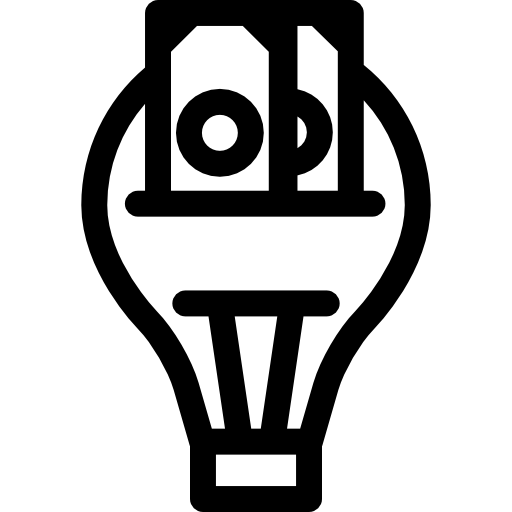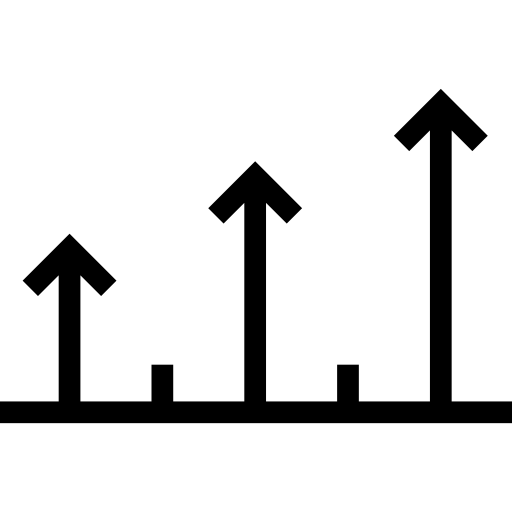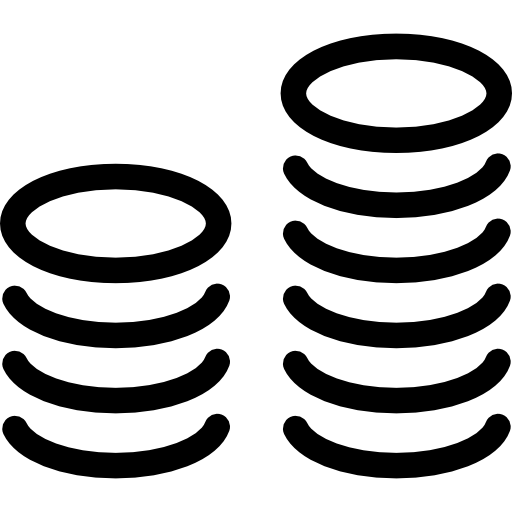
Starting date : May 2015 > Apr. 2018Lifetime: 48 months

Program in support : INFRAIA-1-2014/2015

Status project : complete

CEA-Leti's contact :
Olivier Faynot

Project Coordinator: Tyndall National Institute (IR)
Partners:

Target market: n/a
Publications

Investment: € 4.7 m.
EC Contribution: € 4.7 m.

| Stakes
ASCENT+ mobilises an unprecedented network of knowledge and investment to open access to key European infrastructures and enable academic and industry researchers to address emerging challenges in Nanoelectronics and to accelerate innovation path-finding. ASCENT+ brings together 15 partners to make world-class facilities available and to foster the Nanoelectronics community. ASCENT+ integrates a unique research infrastructure with outstanding credentials. The partners' facilities at CEA-Leti (FR), Fraunhofer Mikroelekronik (DE), imec (BE), INL (PT/ES) and Tyndall (IE) combine research infrastructure and expertise offering an extensive portfolio to state-of-the-art processing, modelling and data sets, metrology and characterisation, and devices and test structures for Nanoelectronics
The main demands have involved (1) SOI wafers or data to develop DC, Noise, RF, ...models, (2) access to CEA-Leti models for design bench building, (3) access to advanced electrical and physical characterization tools to study university-developed new materials, devices and structures. The ASCENT project has enabled CEA-Leti to develop or establish new collaborations with universities in Australia, Belgium, Germany, Greece, India, Ireland, Korea, Poland, Portugal, Romania, Spain and Sweden.
The main demands have involved (1) SOI wafers or data to develop DC, Noise, RF, ...models, (2) access to Leti models for design bench building, (3) access to advanced electrical and physical characterization tools to study university-developed new materials, devices and structures.
Some examples of projects: Modelling of short channel effects on Nanowires FDSOI devices with University of Mittelhessen (Germany). Testing and modelling of 1/F noise on Nanowires FDSOI with University of Sejong (Korea). Study of high frequency linearity of FDSOI with Indian Institute of Technology Gandhinagar (India). Fabrication of a new concept of laser using PolySi with ultra small roughness with University of Cork (Ireland). Cryogenic test of Finfet for SPICE modelling with EOLAS Design (Ireland). Mobility spectrum in Nanowire SOI using magnetotransport by University of Western Australia. Study of ceramic nanoparticles with Transmission Electron Microscopy by University of Aveiro (Portugal). 8 publications have been accepted to date and others are planned.
The ASCENT consortium provides access to advanced nanoelectronics spanning finFET, Fully Depleted Silicon-On-Insulator (FDSOI) and flexible nanofabrication facilities. By delivering test structures and characterization data previously inaccessible to Europe’s academic modeling and characterization community, ASCENT provides access to the latest nanoelectronics technologies.
The objective is to accelerate the development of advanced technology computer aided design models and tools through access to electrical characterisation facilities and data, that are validated and predictive for scales extending down to just a few nanometers in critical dimensions.
The project will also enable the systematic characterisation of physical and processing effects arising on length scales at and below 10 nm, and to develop design capabilities for technologies at these length scales.
Finally, ASCENT will make all project outputs (nanoelectronic test structures, electrical characterization access and data, TCAD models, compact models) easily accessible to the nanoelectronics community through a single access portal and openly available.
IMPACT
- Project impact has been to develop new collaborations within and outside Europe to offer universities the opportunity to access the most advanced technologies and characterization tools.
- Several active collaborations have been directly or indirectly established:
• Direct example: fabrication of a new concept of laser using PolySi with ultra small roughness with University of Cork (Ireland). • Indirect example: Modelling of short channel effects on Nanowires FDSOI devices with University of Mittelhessen (Germany). - The latter excellent relationship has opened further discussions for a collaboration on organic transistors with CEA-Liten.
|
|